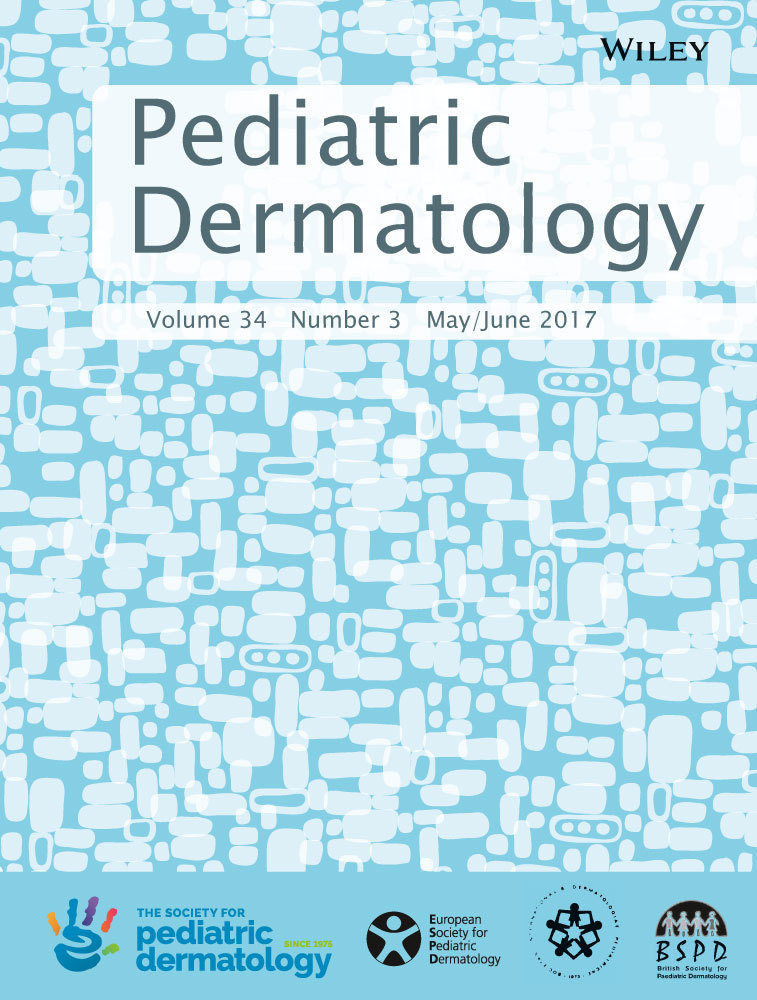Prevention of Flares in Children with Atopic Dermatitis with Regular Use of an Emollient Containing Glycerol and Paraffin: A Randomized Controlled Study
Abstract
Background/Objectives
Emollients are part of the standard treatment for atopic dermatitis (AD), although there is limited evidence that regular use of emollients as management therapy reduces the frequency of flares and corticosteroid consumption. The objective of this study was to evaluate the benefit of emollient use in the management of mild to moderate AD in children by assessing the ability of two different emollients (particularly V0034CR) to prevent flares and to reduce the use of corticosteroids.
Methods
In this randomized, open-label study, patients with a current flare were treated with a potent topical corticosteroid. After flare resolution, patients were centrally randomized to V0034CR emollient, reference emollient, or no emollient (1:1:1 ratio) for 12 weeks. New flares were medically assessed before being treated with a moderately potent corticosteroid.
Results
A total of 335 children 2 to 6 years of age were randomized. At 12 weeks, the percentage of patients with one or more flares was statistically significantly lower with V0034CR (35.1%) than without emollient (67.6%; p < 0.001). Fewer patients treated with V0034CR required any corticosteroids or immunosuppressants (23.6%) than patients with no emollient (43.3%) at 12 weeks. The difference was significant at all time points (p = 0.002). Patients treated with emollients had a longer time to first flare, fewer flares, higher complete remission rates, less corticosteroid consumption, lower Investigator Global Assessment scores, and lower Scoring Atopic Dermatitis scores than those who were not. V0034CR was well tolerated, with no specific safety concerns.
Conclusion
Regular emollient use in children with mild to moderate AD reduces flares and corticosteroid consumption.




